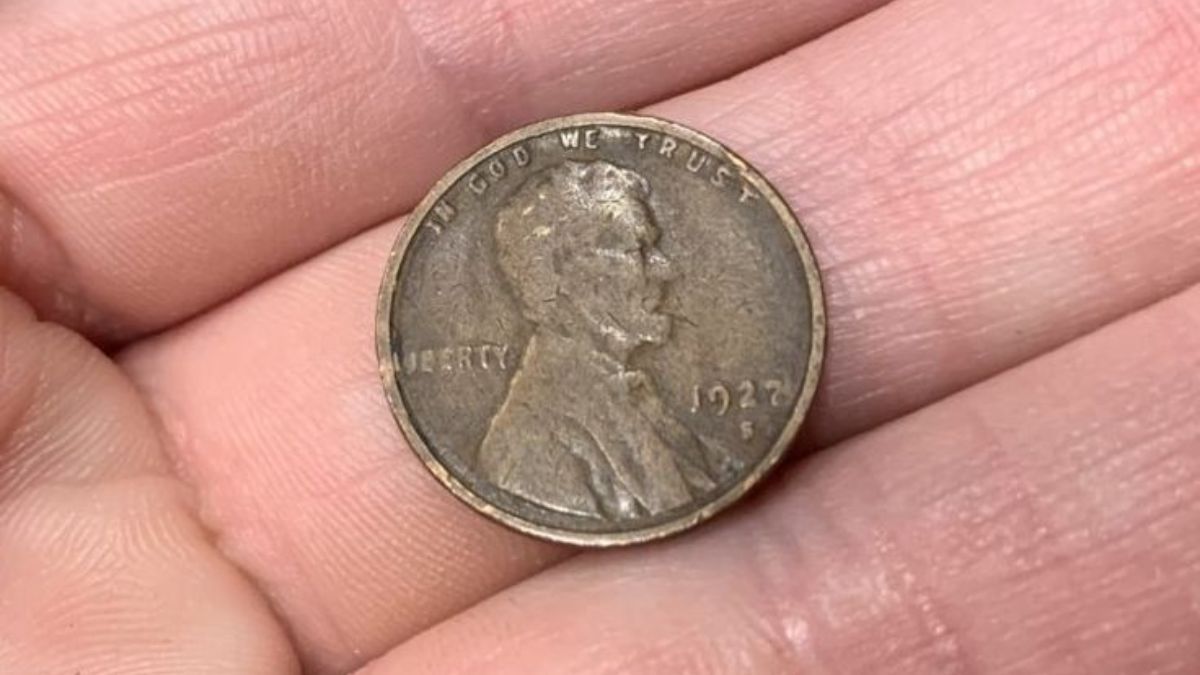The Lincoln Wheat Penny Worth $200 Million: Could You Be Holding a Fortune in Your Pocket?
Imagine digging through your loose change and stumbling upon a penny so rare, it’s valued at a jaw-dropping $200 million. Sounds like a dream, right? But for some coin collectors and history buffs, that dream could be reality. The Lincoln Wheat Penny, a coin most of us have overlooked at some point, has taken the spotlight in the numismatic world for its astonishing value and rich history—and believe it or not, a few of these priceless coins may still be hiding in plain sight.
A Presidential Tribute That Changed U.S. Coinage Forever
It all started in 1909, the year America honored Abraham Lincoln’s 100th birthday. For the first time ever, a real person—not Lady Liberty or some mythical figure—appeared on an everyday U.S. coin. Sculptor Victor David Brenner designed the Lincoln Wheat Penny, giving us Lincoln’s stately profile on the front and two elegant wheat stalks on the back, symbolizing American agricultural prosperity.
This wasn’t just a design change—it was a cultural shift. The coin became a daily part of American life from 1909 to 1958, quietly passing through the pockets of soldiers, schoolkids, and store clerks during some of the nation’s most pivotal moments—from the Great Depression to both World Wars.
Why Could a Penny Be Worth $200 Million?
It might seem unbelievable that a coin worth one cent could carry a price tag in the hundreds of millions. But here’s the deal: some of these Lincoln Wheat Pennies are worth a fortune due to a combination of three key factors:
- Rarity – Only a handful were ever made or still survive.
- Historical relevance – Many are tied to major events in American history.
- Mint condition – Coins that look untouched by time are especially valuable.
When all three come together? You’ve got a collector’s holy grail.
The 1943 Copper Penny: A Million-Dollar Mistake
During World War II, the U.S. government needed copper for ammunition and other military equipment. So, in 1943, the Mint switched to using zinc-coated steel for pennies, creating the silvery “steelies.” But here’s where it gets interesting—some copper blanks from 1942 were still stuck in the machines and accidentally got stamped with the 1943 date.
Only a few of these “copper 1943” pennies exist, and they’ve become legends in the coin world. One sold for over $1 million, and the value keeps climbing as fewer and fewer show up.
The 1955 Double Die Penny: A Flawed Masterpiece
Another sought-after penny is the 1955 “Double Die” version. Due to a minting error, the lettering and numbers appear slightly doubled—an imperfection that made the coin uniquely valuable. These aren’t just quirks—they’re history etched in metal, and collectors are willing to pay big bucks to own a piece of it.
Is There a Treasure in Your Change Jar?
Here’s the most exciting part: some of these rare pennies are still out there. They could be sitting at the bottom of a change jar, nestled in an old wallet, or even handed to you during a coffee run. That’s why everyday people—from grandpas to teens—have joined the treasure hunt, closely inspecting their pennies for specific years and features.
Look out for dates like 1909 (especially with a “V.D.B.”), 1914, 1922, 1943, and 1955. And don’t forget the mint mark—a small letter under the date that tells you where the coin was made (like “S” for San Francisco or “D” for Denver). If you think you’ve found a 1943 copper penny, grab a magnet. If it sticks, it’s steel. If not, you might be looking at something extraordinary.
More Than a Coin—A Slice of American History
The Lincoln Wheat Penny isn’t just currency. It’s a living artifact of American life—an everyday object that somehow slipped through the cracks of time and emerged as something incredibly rare and valuable. It’s amazing to think that such a small piece of copper could connect us to our country’s past while also offering the thrill of modern-day treasure hunting.
So next time you get change at the grocery store, take a second look. That humble penny might just be your ticket to history—and a fortune.
